Last Updated on January 2, 2024
As I step into the shadowed realm of aconite flowers, I find myself drawn into a world of enigma and allure, where their striking beauty conceals an intoxicating secret.
Aconite, with its vibrant petals and hidden poisons, whispers tales of mystery, transformation, and the profound interplay between light and darkness.
These blooms, known as “wolfsbane” and “queen of poisons,” beckon me to explore the intricate tapestry of their meaning.
Join me on an evocative journey through the mystique of the aconite flower, where its symbolism transcends the ordinary and delves into the heart of metamorphosis, urging us to ponder the enigmatic facets of life and death that make this blossom a paradoxical emblem of transformation and transcendence.
Key Takeaways
- Enigmatic Beauty: Aconite, or “wolfsbane” and “queen of poisons,” embodies mystery, transformation, and the interplay between light and darkness.
- Cautionary Symbolism: Aconite serves as a cautionary symbol, emphasizing beauty doesn’t guarantee safety. Every part is toxic, demanding careful handling.
- Color Symbolism: Purple (enchantment), blue (tranquility), yellow (warmth), white (purity), red (intensity), and pink (grace).
- Cultural Roots: Used in Asian traditional medicine, tied to Cerberus in Greek culture, and a symbol of toxic relationships in literature.
- Symbolic Tattoo: Aconite tattoos, visually appealing, may symbolize survival and resilience after facing personal challenges.
- Spiritual Significance: Aconite symbolizes rebirth, protection from evil, concealed wisdom, and caution in decision-making.
- Fascinating Facts: Represents rebirth after winters, protection from spirits, and historical use as poison in hunting and trials.
- Cultural and Mythological Ties: Linked to Hecate in mythology, representing transformation and rebirth.
- Growing Cautiously: Can be cultivated for symbolism, but careful handling is crucial due to extreme toxicity.
Aconite Flower – What Is It?
The aconite plant, also known as Wolf’s bane and Monkshood in some places, can be found across the world. People originally found it across Africa, Europe, and Asia.
But have since found places where they thrive on virtually any continent.
These days, people can find it in North and South America, as well as in Australia. The only place they haven’t taken root is in frozen Antarctica.
For reasons that are pretty obvious to anyone who knows how much flowers hate the cold.
There are two main characteristics that this plant is known for. First, the plant’s flowers, which are shaped into a uniquely beautiful formation that looks like a bell.
The second and most important characteristic, for us as humans, is the danger they pose to people and our animals. This plant is incredibly poisonous. It doesn’t matter what part of the plant you are examining.
The flowers. The stem. The leaves. The roots. Every part is highly toxic for people. Not just consume, or apply in other ways. Just touching it can have pretty nasty side effects.
All safe handling of this plant includes the use of gloves, to make sure there is no contact.
RELATED: Bellflower Meaning, Spiritual Symbolism, Color Meaning & More
Etymological Meaning Of The Aconite Flower
- Aconite has various interesting names with unique histories.
- “Monkshood” got its name from its resemblance to the hoods worn by cloistered monks.
- In the English Middle Ages, the name was inspired by the appearance of these hoods, common in remote monasteries.
- “Wolf’s bane” is another straightforward name; it protected flocks from wolves.
- Ancient Greek farmers used aconite poison on arrowheads to deter wolf attacks.
- The scientific name, “aconitum,” originated from the Greek word “akoniton,” whose original meaning is lost but likely referred to a poisonous plant, possibly wolf’s bane.
- Over time, it Latinized to “aconitum,” became “aconit” in French in the 16th century, and eventually reached English as “aconite,” the term still in use today.
The Symbolic Meanings of Aconite Flowers
Warriors And Protection
In some Native American cultures, hornets are seen as symbols of warriors and protection. The European Hornet, for example, is associated with the warrior spirit and is believed to bring protection to those who encounter it.
Caution Symbolism
Aconite serves as a symbol of caution in the wild, reminding us that beauty doesn’t guarantee safety.
Wolf’s Bane
Aconite’s name “Wolf’s Bane” reflects its duality of being beautiful yet perilous.
Poisoning Symbolism
Aconite poisoning shares symbolic connections with rabies, exhibiting similar symptoms such as frothing at the mouth, delirium, vision impairment, and coma.
Loss of Control
Poisoning by aconite symbolizes the loss of control and higher mental faculties, often due to the victim’s ignorance.
Mythological Links
Greek mythology associates aconite with Cerberus and its potential presence in the mouths of rabid animals.
Resemblance to Rabies
Aconite poisoning mirrors the manic and dangerous behavior seen in rabies-infected wolves, symbolizing a loss of humanity and the emergence of a more feral side in the victim.
RELATED: Buttercup Flower Meaning, Spiritual Symbolism, Color Meaning & More
Color Symbolism of Aconite Flowers
Aconite, also known as wolfsbane or monkshood, is a striking flower with various colors, and each color carries its symbolic meaning. Here are the color meanings associated with aconite flowers:
| Color | Symbolism |
| Purple | Enchantment and strength |
| Blue | Tranquility and desire for solitude |
| Yellow | Warmth and positivity |
| White | Purity and New Beginnings |
| Red | Intensity and deep emotions |
| Pink | Grace, sweetness, and affection |
Purple Aconite: Purple aconite symbolizes enchantment and mystery. It is often linked to the idea of magical transformation and the mystical aspects of life.
Blue Aconite: Blue aconite represents tranquility and calm. It signifies a sense of peace and serenity, making it a suitable choice for conveying a peaceful message.
Yellow Aconite: Yellow aconite embodies warmth, positivity, and joy. This color is associated with happiness and can be used to convey cheerful sentiments.
White Aconite: White aconite symbolizes purity and innocence. It is often used in contexts related to purity and new beginnings.
Red Aconite: Red aconite is often linked to intensity, passion, and strong emotions. It can be used to convey deep feelings or love.
Pink Aconite: Pink aconite signifies grace, sweetness, and affection. It is a color associated with expressions of care and love.
These color meanings provide a way to convey various emotions and sentiments through the choice of aconite flower color in bouquets, arrangements, or gifts.
Meaningful Botanical Characteristics Of The Aconite Flower
The stem of the Aconite plant that you find in most gardens and in the wild has a relatively thick stem that sprouts from a tuber.
The flowers that the plant produces tend to grow very packed around this tuberous base, which gives the plant that tight, cloistered appearance.
The flowers themselves have a long, hood-like appearance that drops over the flower’s stigma.
One of the petals of the plant will be noticeably larger than the rest, covering the rest of the flower in the same way a piece of headwear shields the face, such as with a helmet or a hood.
This petal is the galea, but the normal aconite has anywhere between two and ten petals, depending on the variety.
At the top of this hooded flower are the nectaries, which contain the vast majority of nectar that this plant produces.
The leaves of the plant tend to be lobed with the jagged or sharp edges running along with them, and lack the stipules that you’ll find on many other plants that grow from tuberous stems.
They grow in moist regions that are at a high altitude. So people found them in many mountainous parts of Europe and Africa. Several species of moths considers them as vital food source.
The alkaloids that this plant creates in its nectar make it so that species that do not normally act as pollinators will find it deterring further consumption.
And because of their characteristics as to where the nectaries can be found on this flower, it is very difficult for many normal pollinators to be able to reach its nectar.
The long-tongued bumblebees are the main pollinators in their natural habitat, as they have the strength and tools necessary to force their way into the flower hood and obtain their prize.
RELATED: Calendula Flower Meaning, Spiritual Symbolism, Color Meaning & More
Notable Occasions for Aconite Flowers
- Dangerous Gift: Aconite’s alluring deep purple appearance may tempt some to offer it as a gift, but this is highly discouraged due to its extreme toxicity.
- Toxic Nature: Handling aconite is perilous, making it unsuitable as a gift or even for casual contact.
- Bad Omen: Aconite was considered a bad omen in the Victorian era, leading to the practice of gifting it as a warning for future misfortune.
- Unwelcome Warnings: Bringing warnings of ill-tidings to special occasions isn’t ideal, making aconite an inappropriate gift choice.
- Natural Habitat: Aconite plants are best left in the wild, where they belong and where wildlife instinctively avoids them.
Aconite Flower Cultural Significance
| Region | Significance |
| Asia | Traditional medicine |
| Europe | Symbolism, literature |
| Africa | Historical use |
Aconite and related flowers hold historical and cultural significance across Asia, Europe, and Africa.
- Traditional medicine in China and India has utilized aconite for centuries.
- In Classical Greece, it was linked to Cerberus, the Underworld guardian.
- Literature often features aconite as a poison, intensifying the story.
- It symbolizes toxic relationships and serves as a weapon in crime stories.
- Merging myth and literature offers creative opportunities for writers.
- In Harry Potter, aconite is used to prevent werewolf transformations, drawing from Greek mythology and witchcraft beliefs.
Fascinating Aconite Flower Facts
- Rebirth And Transformation: Aconite symbolizes rebirth and transformation due to its ability to grow after harsh winters, signifying renewal and the cycle of life.
- Protection From Evil: It has a history of being used for protection from malevolent spirits and negative energies due to its toxic properties.
- Mystical Significance: Aconite is linked to mystical and magical practices, making it a plant of occult significance in some traditions.
- Concealment And Wisdom:**Its unique hood-shaped petals represent hidden wisdom and concealed truths that can be revealed over time.
- Spiritual And Emotional Healing: Aconite is believed to aid in spiritual healing and emotional cleansing, echoing its historical use in herbal medicine.
- Fearlessness: The flower represents fearlessness and inner strength, akin to its tall and vivid appearance.
- Connection To The Afterlife: Due to its historical use as a poison, it’s associated with the underworld and serves as a symbol of the bridge between the living and the deceased.
- Cautious Approach: Aconite’s toxicity symbolizes the need for caution in decision-making and life’s challenges.
- Balance And Harmony: Its blue or purple colors symbolize balance and harmonious coexistence despite adversities.
- Spiritual Growth: Aconite’s journey from the ground to vibrant bloom serves as a metaphor for spiritual growth and inner potential.
- These interpretations may vary across different cultures and belief systems. It’s important to handle Aconite with care due to its toxicity.
RELATED: Camellia Flower Meaning, Spiritual Symbolism, Color Meaning & More
Utilizing Aconite Flowers
- Aconites are highly toxic to humans, leading to limited usage in various applications.
- Traditional medicines have utilized aconites, but improper preparation can result in severe consequences for patients.
- Many countries refrain from using aconites for medical purposes due to their inherent toxicity.
- Research and clinical studies have explored aconite’s potential in treating conditions like lethargy, pain, and certain rheumatism symptoms, with some success.
- It’s essential to acknowledge the limitations of this herb due to its highly toxic nature.
- Aconite flowers stems, and roots have historically served as sources of poison, employed for various purposes.
- Indigenous cultures, such as the Ainu in northern Japan, used aconite poison on hunting arrows to pursue bears.
- The Minaro from the Kashmir region used aconite poison for hunting ibex goats.
- Historical instances, like Pope Clement VII testing an antidote for aconite poisoning, were conducted as trials by poison, reminiscent of practices from Ancient Greek times.
RELATED: Carnation Flower Meaning, Spiritual Symbolism, Color Meaning & More
The Symbolism Of An Aconite Flower Tattoo
Having a flower is a very common thing to have on your body as a tattoo. Many are beautiful, with distinct designs and vivid colors, that can mean all kinds of positive things for people.
Having the aconite flower as a tattoo is maybe a little more confusing.
Certainly, it is a very pretty flower to have on your body, but if we are considering the ties the plant has to ill omens, dangers, poison, and death itself, then the meaning that the tattoo is supposed to convey can get a little messy.
You certainly don’t want to convey that you are a toxic or poisonous person!
However, that poison meaning can be viewed in an alternate light.
If you have suffered and had to go through something dangerous for you as a person, whether that was a toxic relationship of some kind, or perhaps an event that has left you deeply affected, the plant can become a symbol that you survived a terrible ordeal, and you are still here at the end of it.
That’s a powerful message that many people can certainly get behind.
RELATED: Chrysanthemum Flower Meaning, Spiritual Symbolism, Color Meaning & More
Conclusions
So, the aconite flower is something both beautiful and deadly to people and carries as much fascinating information as you would expect such a plant to have gathered. Especially after so many years.
We hope you have found this guide informative and entertaining. And for the last time:
Do not touch the flower!
Frequently Asked Questions
What is the Aconite flower, and where is it commonly found?
The Aconite flower, also known as “aconitum” or “monkshood,” is a highly toxic plant known for its unique hood-shaped petals. It is often found in temperate regions of the Northern Hemisphere, such as Europe, Asia, and North America.
What is the spiritual significance of the Aconite flower?
The Aconite flower carries various spiritual meanings, including rebirth, protection from evil spirits, mystical significance, and connection to the afterlife. It is often associated with hidden wisdom, spiritual healing, and fearlessness.
How has the Aconite flower been used in spiritual practices or traditions?
Aconite has been used in various mystical and magical practices. It was believed to protect against malevolent spirits and negative energies. In some traditions, it is considered a plant of occult significance.
Does the Aconite flower have any specific symbolism in literature or mythology?
In literature and mythology, Aconite is sometimes linked to Hecate, the Greek goddess of witchcraft, due to its poisonous nature. It is also associated with the concept of transformation and rebirth.
Is the Aconite flower used for medicinal or healing purposes in spirituality?
Aconite has been historically used in herbal medicine for its potential spiritual and emotional healing properties. It is believed to aid in cleansing and renewal.
What precautions should one take when dealing with Aconite in spiritual practices?
Due to its extreme toxicity, Aconite should be handled with great care. It should not be ingested, and contact with the skin should be avoided. It is advisable to use protective measures, such as gloves when working with Aconite.
How can one incorporate the symbolism of the Aconite flower into their spiritual practice?
Individuals may use Aconite’s symbolism to represent fearlessness, transformation, and protection from negative influences. It can be incorporated into rituals or meditation practices to connect with these spiritual aspects.
Are there variations in the spiritual interpretations of Aconite across different cultures?
Yes, the spiritual meanings of Aconite can vary across different cultures and belief systems. Its symbolism may be perceived differently based on cultural and historical contexts.
Can the Aconite flower be grown for spiritual purposes in gardens or indoor settings?
Aconite can be cultivated for its symbolic value in gardens, but it should be handled cautiously due to its toxicity. Growing it in controlled environments allows individuals to connect with its spiritual significance.
Flowers like Belladonna, Hemlock, and Mandrake are also associated with spiritual symbolism and can be explored for their unique interpretations and uses in different practices.
- Aconite Flower Meaning, Spiritual Symbolism, Color Meaning & More - February 15, 2022
- Allium Flower Meaning, Spiritual Symbolism, Color Meaning & More - February 15, 2022
- Alstroemeria Flower Meaning,Spiritual Symbolism,Color Meaning & More - February 15, 2022

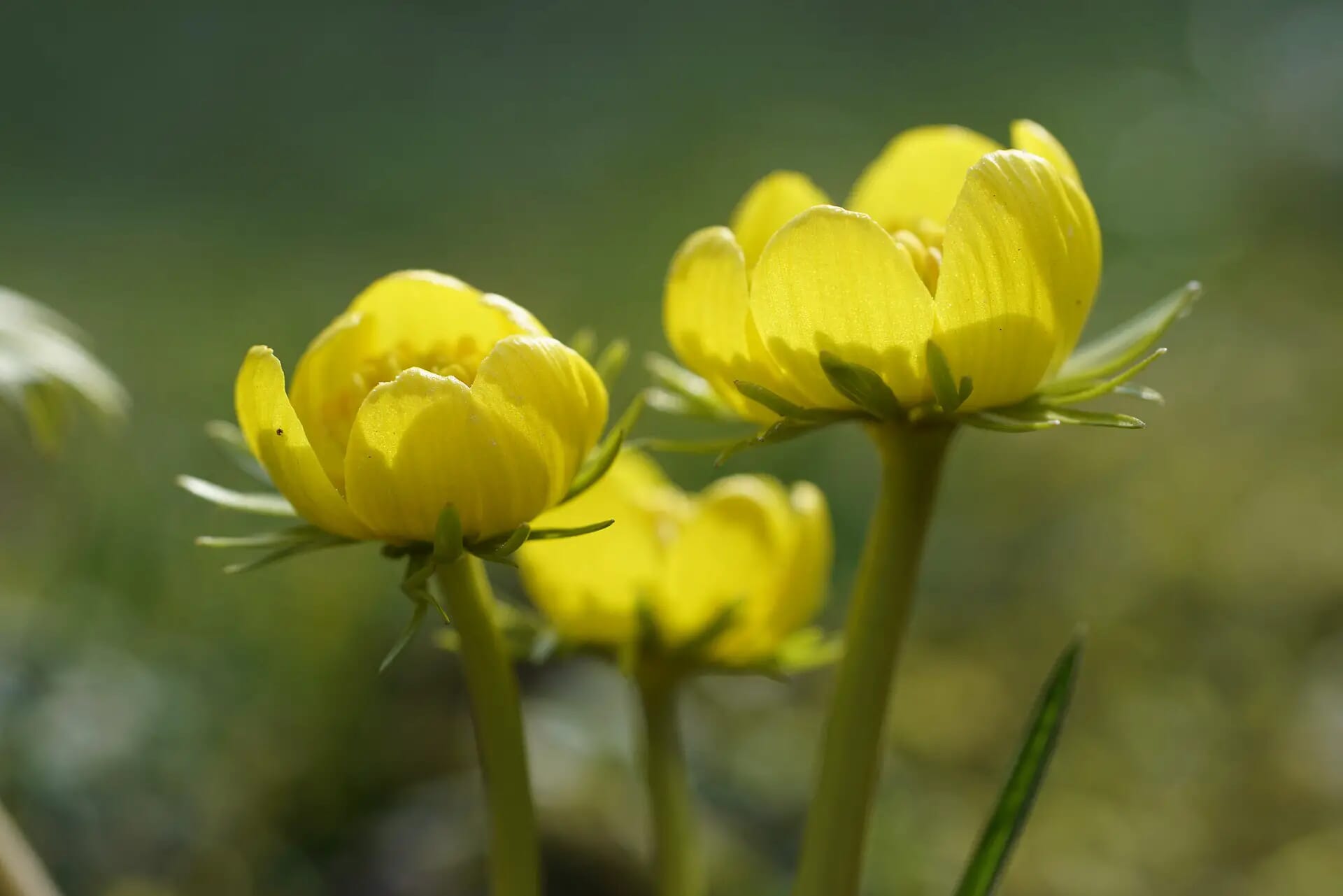





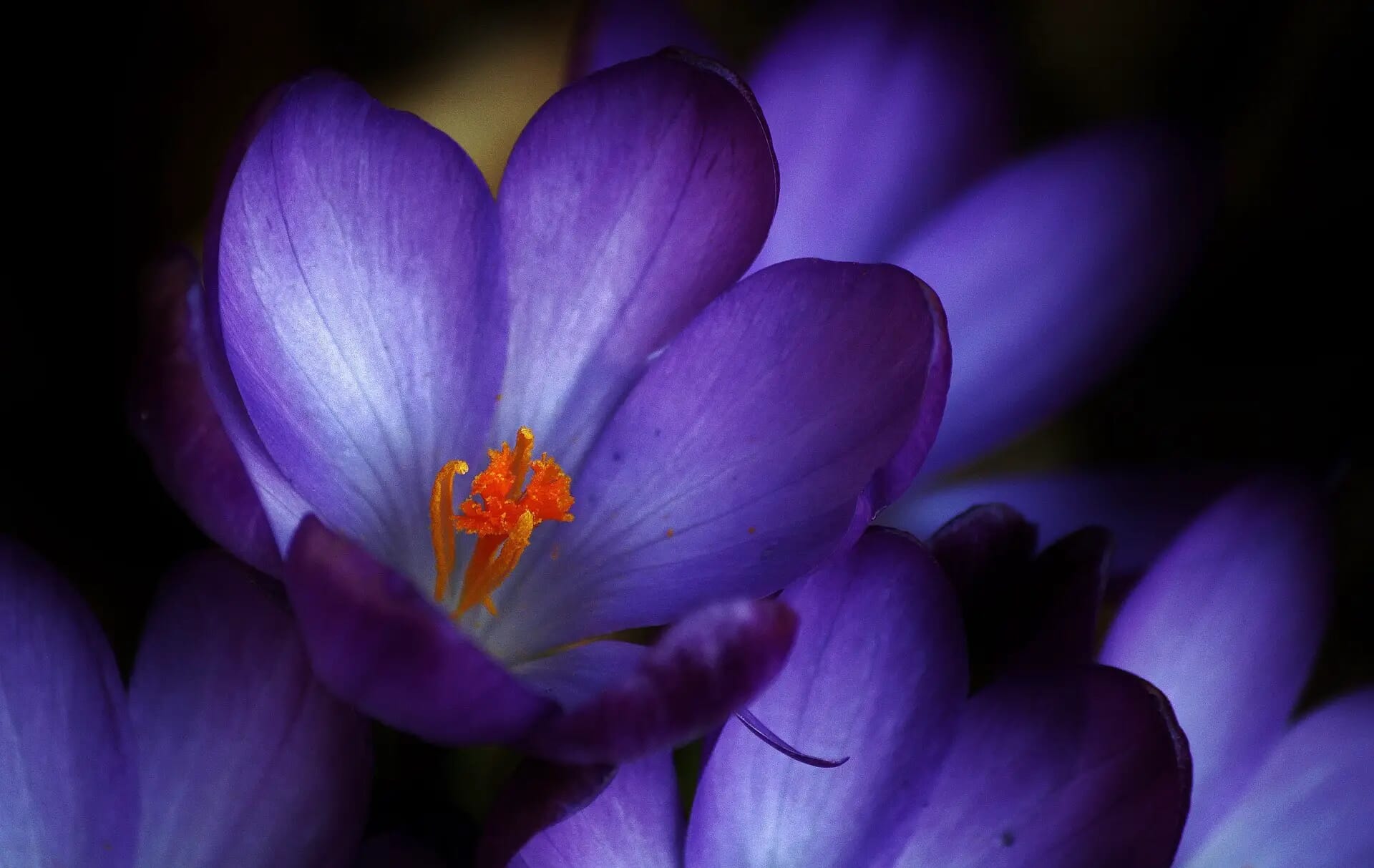
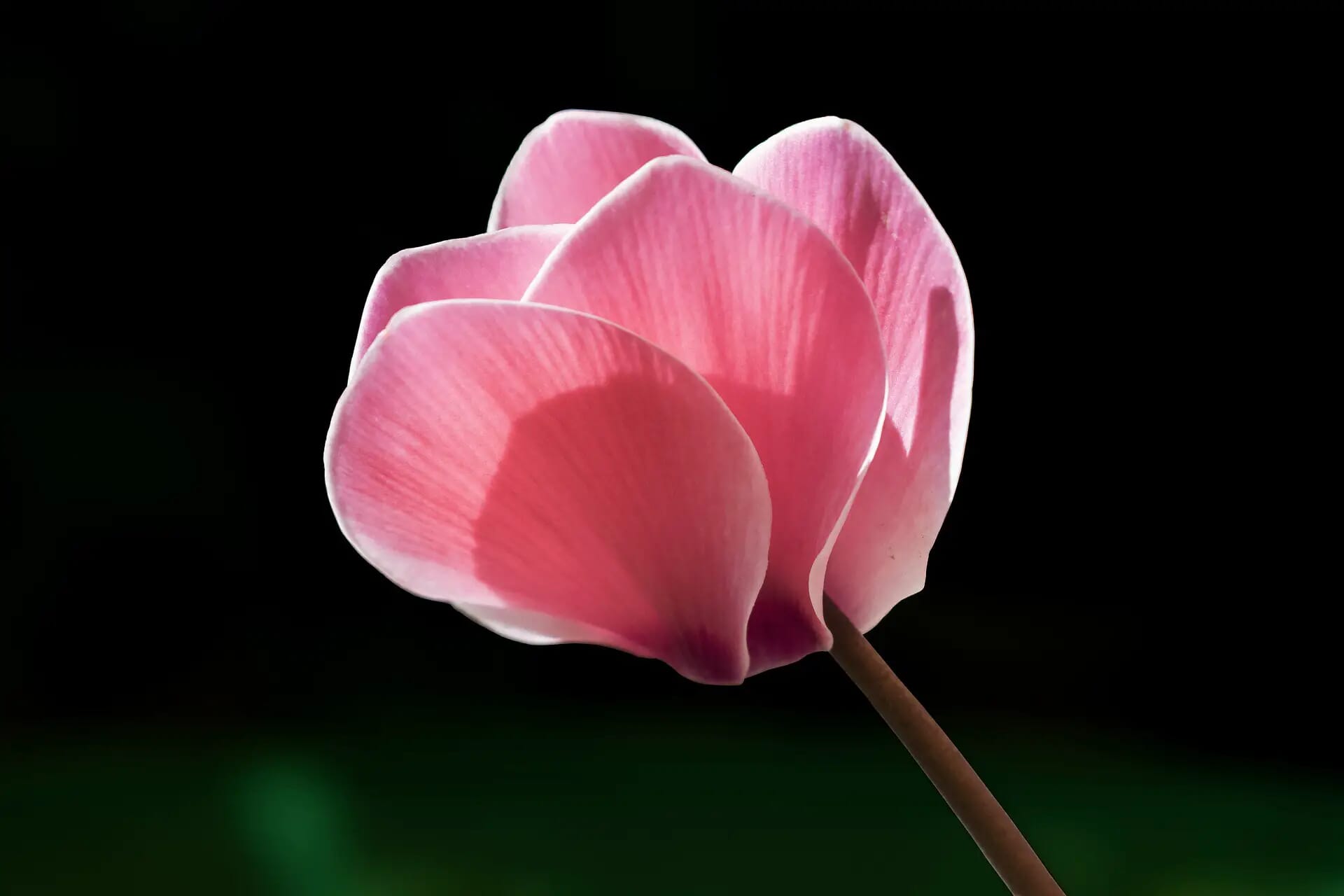

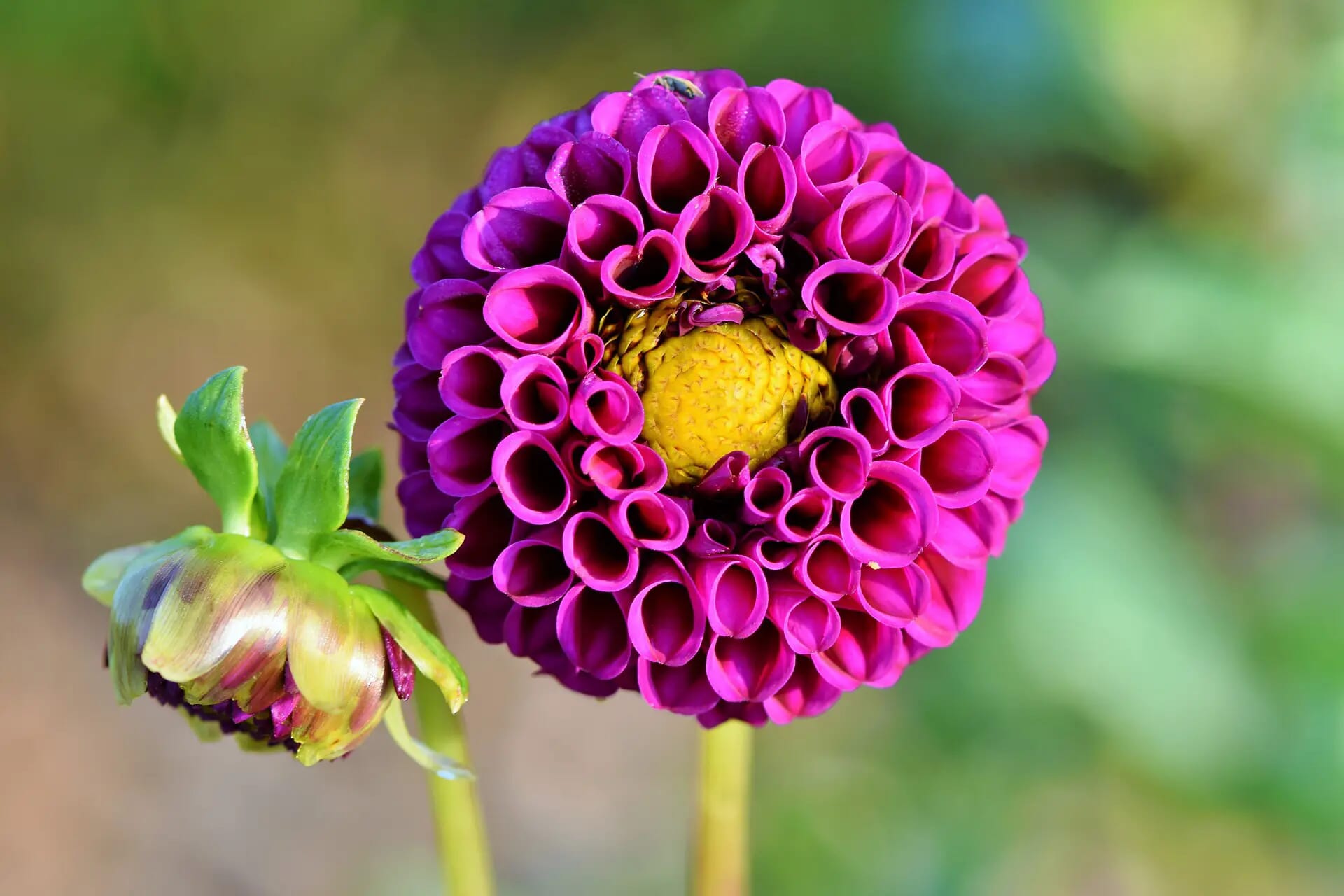


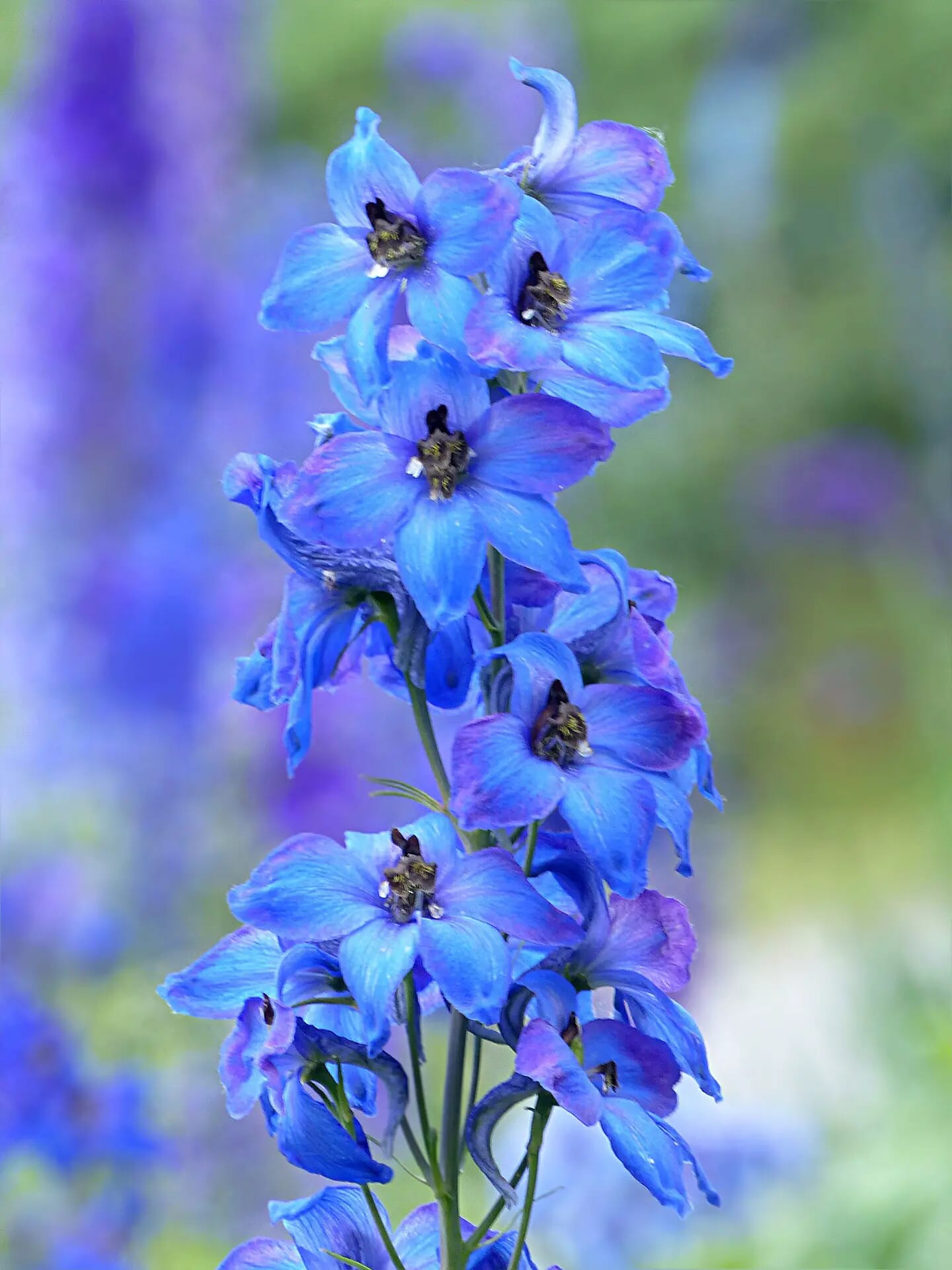
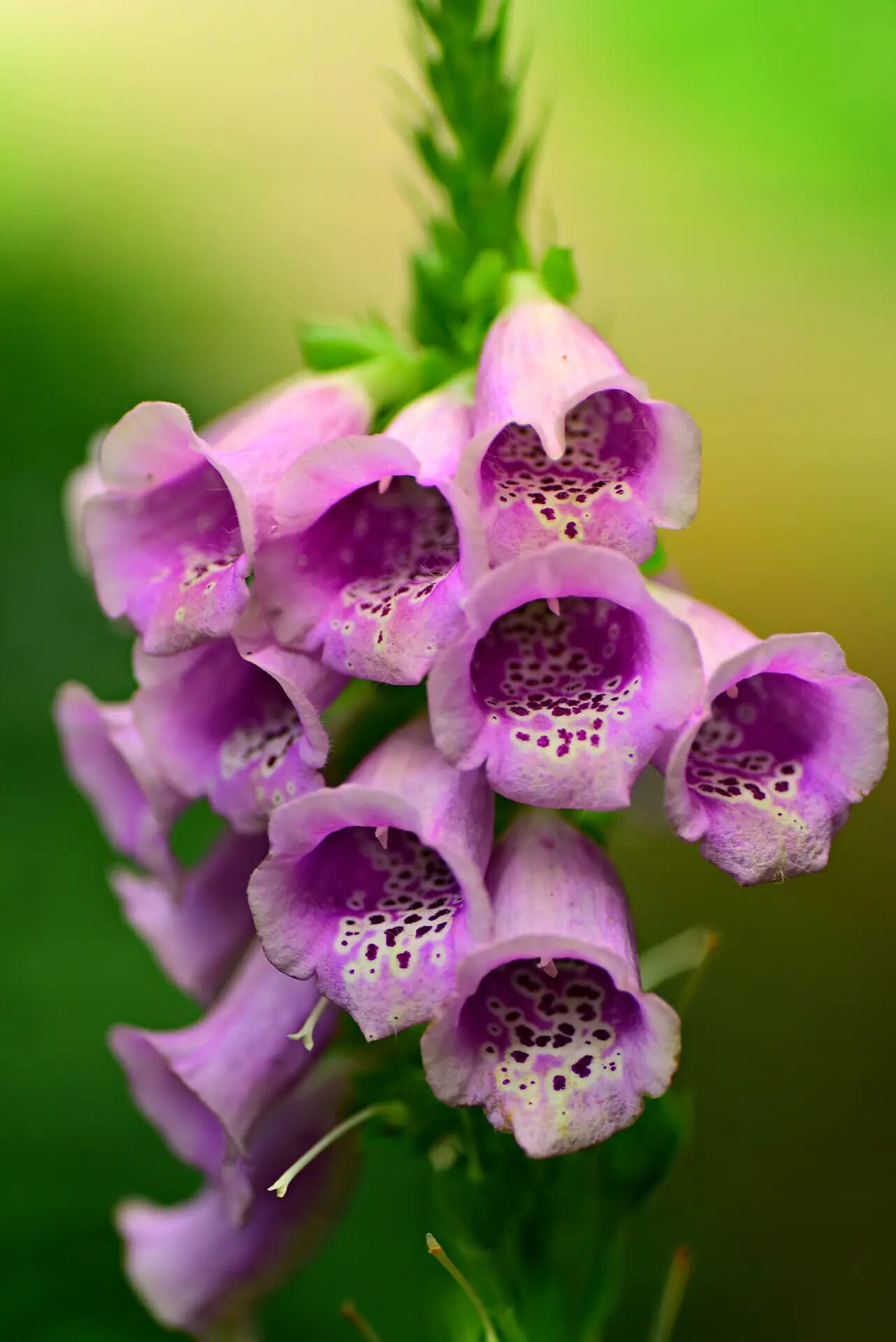

Well written content like this today is far too rare, and thank you for putting in time and effort into your wonderful website.
Thank you for the auspicious writeup. It in fact was a amusement account it. Look advanced to more added agreeable from you! By the way, how could we communicate?